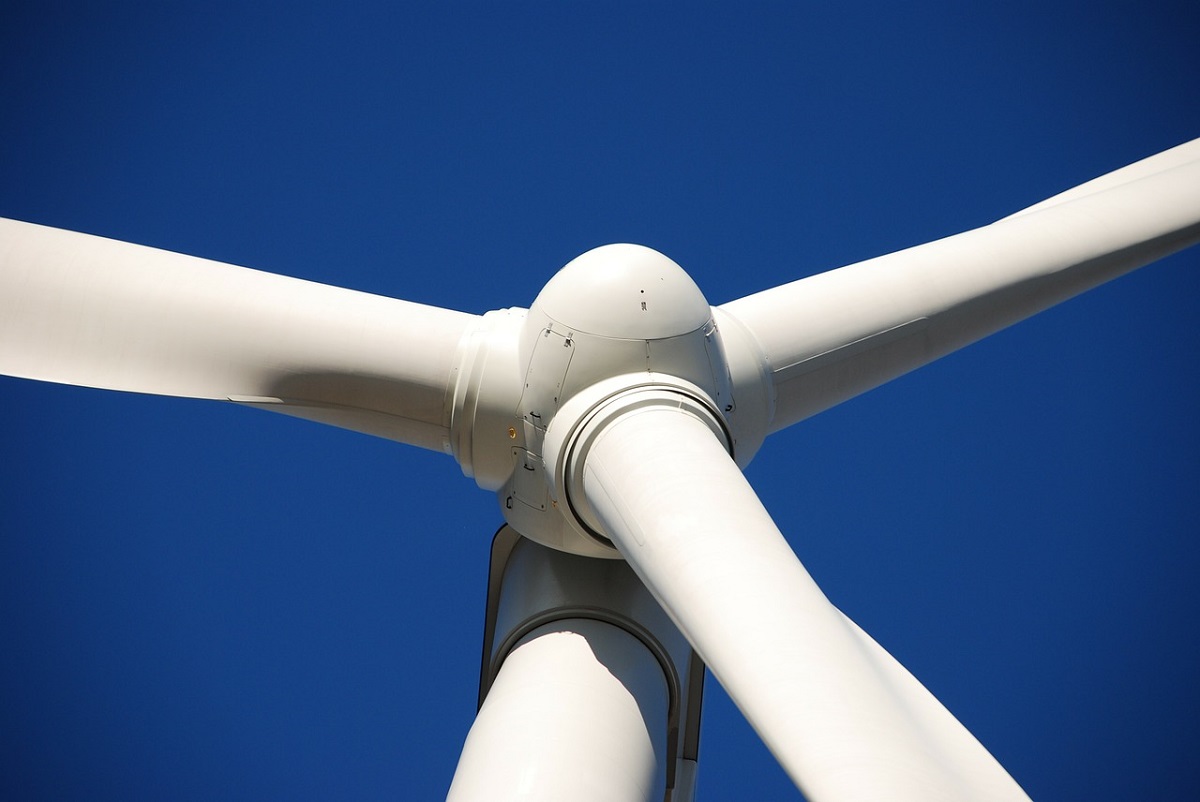The battle to discover the ideal medium for storing wind and solar energy is on, and one growing alternative is hydrogen, a chemical familiar to fossil fuel companies that is gaining center stage in the clean energy revolution, Houston Chronicles reports.
When oil and gas executives weren’t begging investors for more cash, they were touting their ambitions to manufacture multiple hues of hydrogen at CERAWeek by S&P Global, Houston’s annual energy leadership summit.
The lightest element, hydrogen is highly combustible, odorless, and colorless. When energy executives discuss the color of hydrogen, which ranges from gray to green, they are referring to how sustainably it is obtained.
Gray hydrogen is produced from natural gas and emits a significant quantity of CO2. Producers can make it blue if they capture CO2 and turquoise if they use the carbon for something else. Pink hydrogen is produced from water using nuclear power, whereas green hydrogen is produced using renewable electricity and emits no greenhouse emissions.
In Delta, Utah, Mitsubishi Power is developing an Advanced Clean Energy Storage system for producing green hydrogen. The company intends to employ excess wind and solar electricity to generate green hydrogen, which will then be stored for periods when wind and solar are in low supply. Hydrogen may be blended into modified natural gas turbines with minimum emissions.
What makes sense for the electric system in the western United States will not work everywhere. Blue and turquoise hydrogen, according to experts, makes more sense in Texas, North Dakota, and other regions with inexpensive natural gas and ancient oil wells that can store CO2.
Exxon Mobil and a group of other companies aim to create a blue hydrogen center in the Houston region. The project would expand current hydrogen production facilities that use natural gas, trap CO2 in ancient offshore wells, and export hydrogen through the Houston Ship Channel.
It is difficult to transport and store hydrogen. However, with minimal changes, natural gas pipes can transmit hydrogen gas, and corporations may supercool it into a liquid, exactly like liquefied natural gas.
Hydrogen can also be combined with other chemicals to produce liquid ammonia, methanol, or renewable gas obtained from decaying plants or waste. The energy will be stored in tanks or caves using green ammonia, methanol, or renewable gas.
The hydrogen may then be readily separated from the carrier molecules for use in power generating.

